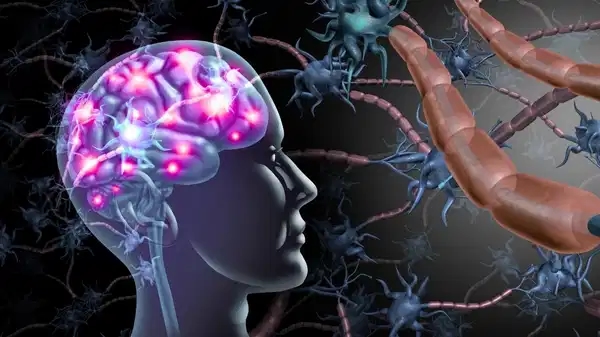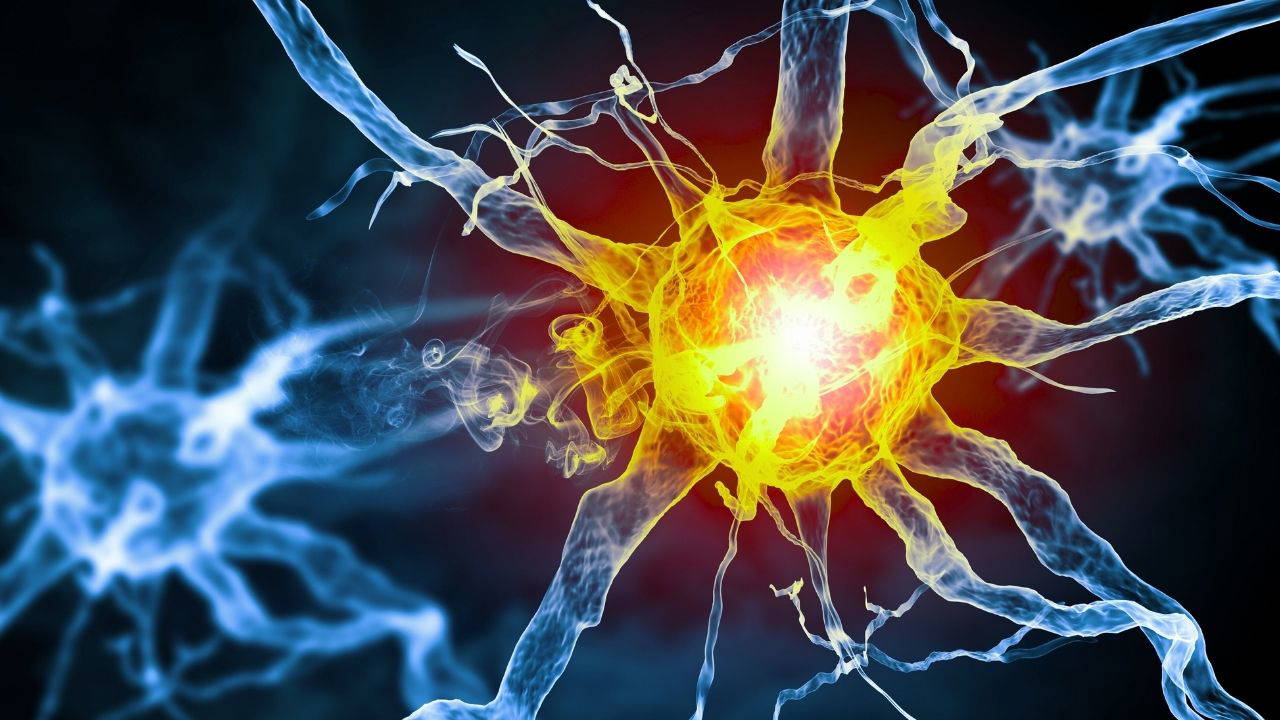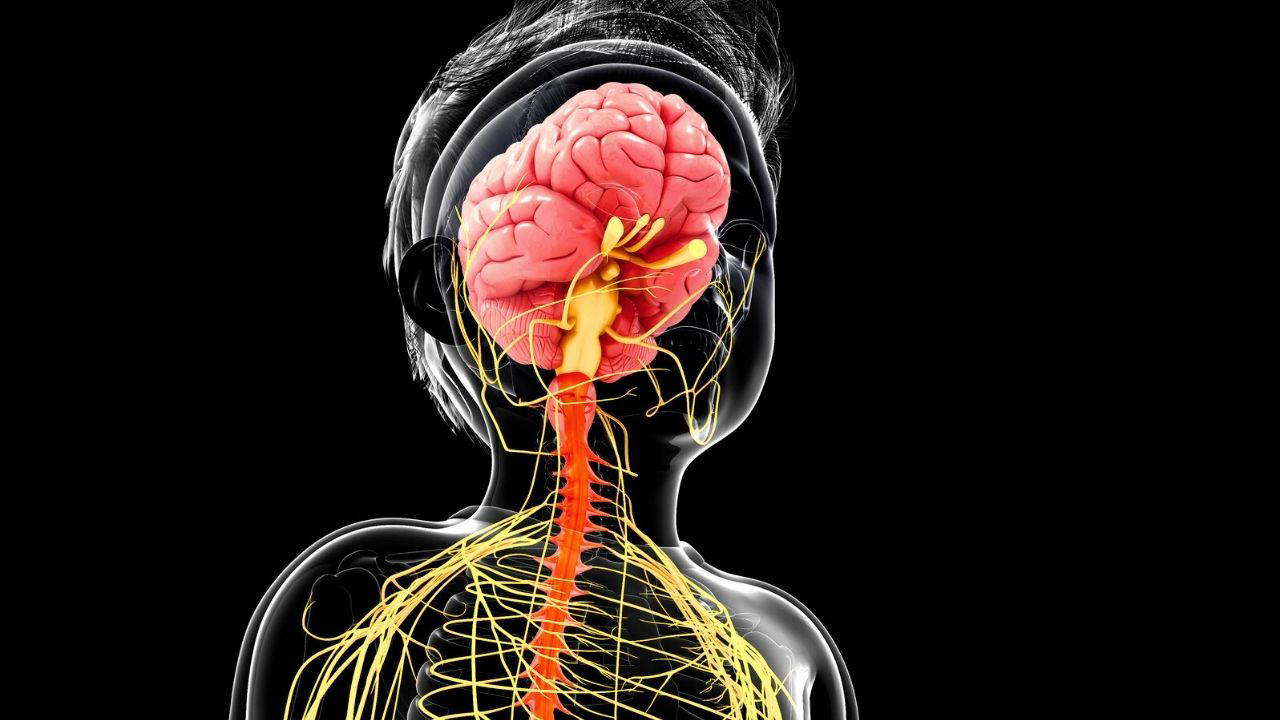How are emotional memories engraved in the brain?

Why do our brains remember emotional events so clearly? According to a new study published in the journal Nature, a type of cell in the brain called "astroglia" or "astrocytes" plays a key role in transferring memories into long-term memory.
Astrocytes are non-neuronal cells that support and protect neurons in the central nervous system, brain, and spinal cord . These star-shaped structures, a type of glial cell, extend throughout the brain tissue and have numerous projections.
HOW DOES THE BRAIN FILTER IMPORTANT MEMORIES?For many years, astroglia were thought to be mere accessory cells that provided support to neurons. This study, led by neuroscientist Jun Nagai and his team at the RIKEN Center for Brain Science in Japan, reveals that astroglia have a much more active role.
The research shows that these cells are directly activated by repeated emotional experiences. Scientists say these findings could offer new insights into treating disorders that affect memory, such as post-traumatic stress disorder (PTSD) and Alzheimer's.
"We've found the answer to the question of how a particular memory is stored long-term," Nagai says. "By studying astroglia, we're beginning to understand at the cellular level how the brain filters important memories."

The research team focused on understanding how a short-term memory becomes permanent in the brain. Previous studies have shown that memory traces form within networks of neurons in regions like the hippocampus and amygdala. How these traces transform into permanent memories after repeated experiences was unknown.
Scientists have developed a new method to measure the activity level of astroglial cells in a mouse brain during a memory task. The study examined the activation of the Fos gene, an early indicator of cell activity. The Fos gene is a proto-oncogene that encodes a protein called phosphoprotein-1, which plays a role in various cellular processes such as cell growth, development, and differentiation. The Fos protein mediates these important cellular functions by acting as a transcription factor and regulating gene expression.
In a classic fear conditioning test in mice, the animals learned to associate a particular cage with mild electric shocks administered to their feet. When they returned to the same cage days later, they recalled this disturbing experience. During this time, the researchers observed strong Fos activation, particularly in the astroglia of the amygdala. Surprisingly, this activation occurred only when the memory was recalled, not during the initial learning.
“The biggest surprise was that the astroglia did not respond to the first fear experience and were activated only during the second encounter,” Nagai says.
To understand how astroglia play a role in this process, the team analyzed RNA changes using transcriptomic analysis. The results showed that astroglia activated during fear conditioning increased the number of proteins called noradrenergic receptors on their surface. These receptors interact with the chemical norepinephrine, allowing the astroglia to communicate with neurons.
“Astroglia ‘know’ something is scary, and their molecular response takes hours to days,” Nagai says.
This timeframe reflects the stabilization of memory as repeated experiences translate into permanent molecular changes in astroglia.

Neuroscientist Maite Solas Zubiaurre of the University of Navarra in Spain describes the study as groundbreaking for the field:
In neuroscience, neurons were long thought to be the only cell types that encode memory. This study could fundamentally change that understanding, leading to a shift from a neurocentric to an astrocentric approach.
According to Zubiaurre, these findings could pave the way for new treatments not only in healthy individuals but also in the fight against diseases such as Alzheimer's.
On the other hand, it may also be possible to strengthen memory by targeting astroglia.
Cumhuriyet





